Growing your own vegetables is so fun and rewarding. As you take care of your plants, you get to watch them grow, and eventually, your hard work pays off with veggies that taste better than anything you’ve ever bought in the store.
Sometimes, though, your garden is a little more prolific than you expected, or everything ripens at the same time. This can lead to the devastating situation of throwing away vegetables that go bad before you find a use for them. But it doesn’t have to be that way!
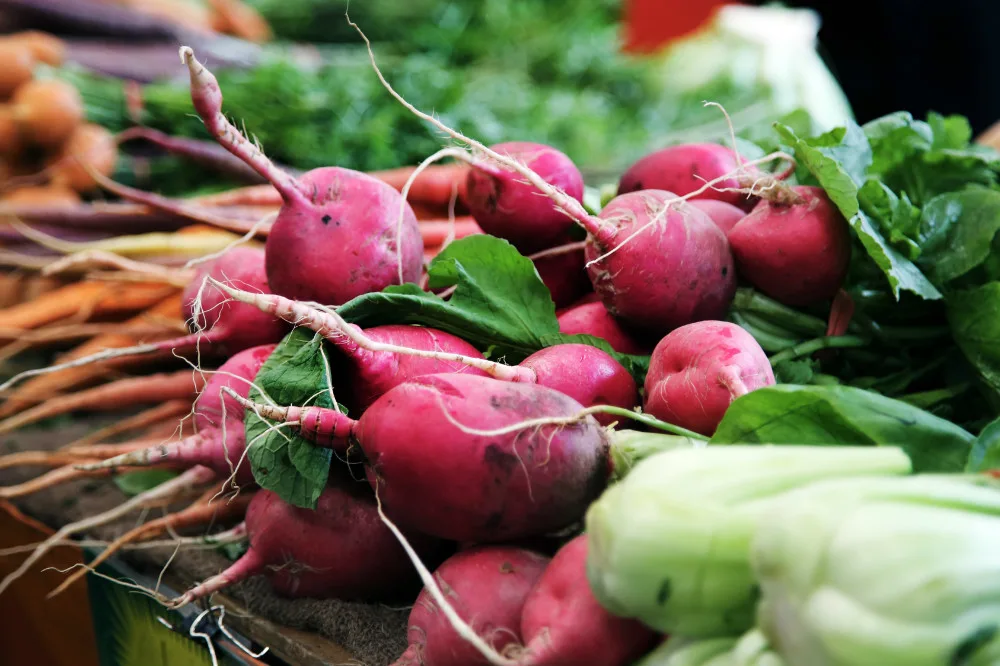
If you use these storage tactics, you can prevent your extra homegrown veggies from ever going bad. Plus, you’ll get to enjoy them all year long, instead of just right after harvest:
1. Canning
Canning is a reliable way to preserve excess vegetables that’s not as difficult to master as it seems. You just need a few pieces of equipment, a canning recipe and a little know-how.
You can sterilize your jars by boiling them, heating them in the oven or using the sterilize function on an Instant Pot. Then, you can proceed with your chosen canning method. For high-acid foods like tomatoes, use the water bath method and carefully check the seals. For other vegetables, use the pressure method to ensure that these foods are processed at the right temperature to prevent spoilage.
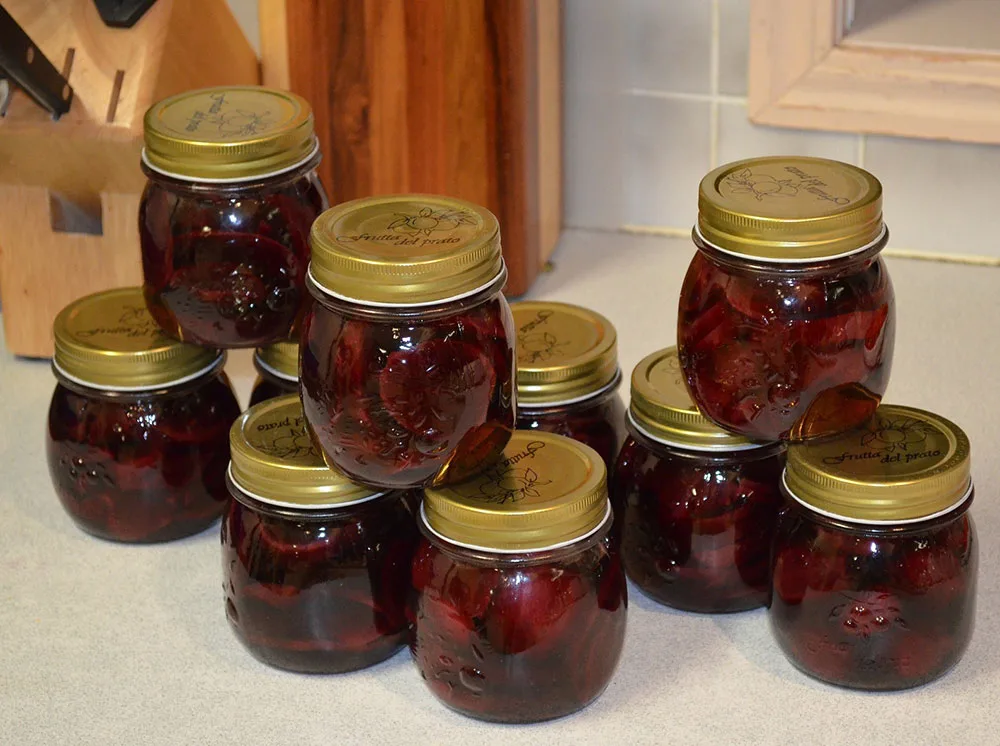
Essentially, the canning process removes all the air from the jar and seals it, preventing it from spoiling. You can typically store your canned veggies for as long as 18 months.
2. Pickling
Pickling isn’t just for cucumbers. You can pickle just about any veggie to extend its shelf life and give it that classic pickled taste.
To pickle something, just place it in a clear jar with the desired spices. Then, boil equal parts vinegar and water plus some salt. Once that boils, pour it into the jar and put on the lid. Then, let the jar sit in the fridge for at least a few weeks. It’ll last for up to six months.

To make your pickled veggies last even longer, you can also can them after pickling.
4. Drying
Drying is another easy way to preserve your excess produce. This process will change the texture and flavor of your veggie substantially, making dried vegetables an exciting addition to a dish or a tasty snack. Crops that dry exceptionally well include tomatoes and peppers.

To dry your excess harvest, wash it, slice it thinly and place it on a baking tray in a single layer. You can then put it in the oven for several hours on the lowest settings until the veggies are crispy. Alternatively, let the tray sit outside in the sun for several days or build a solar powered food dehydrator.
5. Freezing
Freezing your veggies can allow you to store them for over a year. For many types of produce, you can simply put them in an airtight bag or container and put them in the freezer. Put an amount of vegetables you can use at one time in each container.
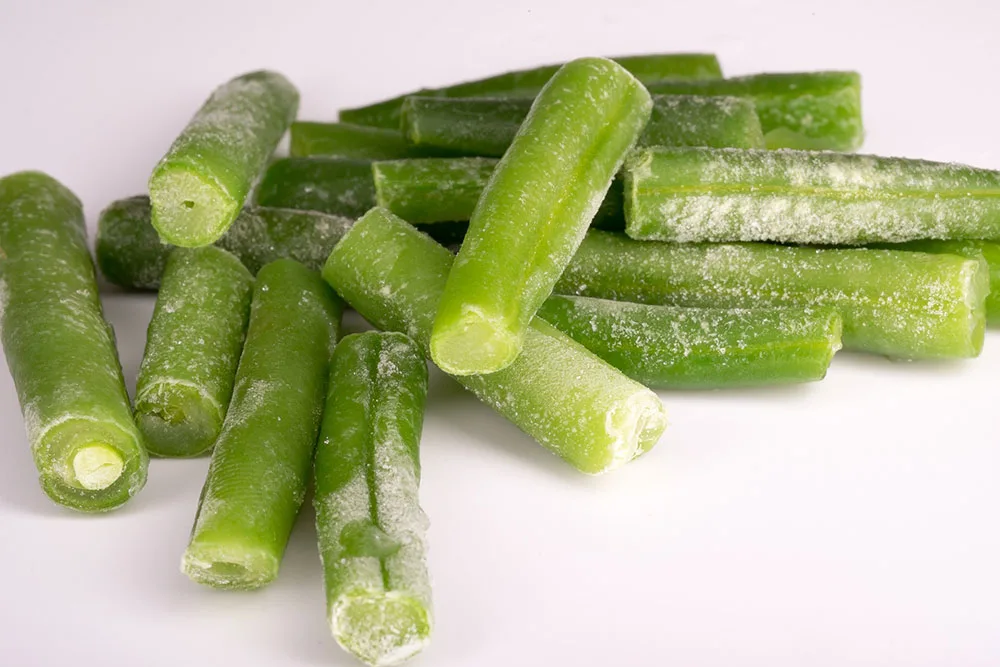
Some veggies, especially the particularly juicy ones, will require blanching before you can freeze them. To do this, cook them in boiling for about half as long as it would take them to be fully cooked. When they reach that point, immediately put them in ice-cold water to stop the cooking process. Then, you can dry and freeze them.
6. Make Chutney or Broth
Another great tip for using excess veggies is to make chutney or broth out of them. These foods last longer than raw produce and are also useful ingredients in many delicious recipes.
To make chutney, cut your excess items into small cubes and cook them with spices, sugar and vinegar for one to three hours until the mixture becomes thick. Then, you can place the chutney in jars and leave it to mature for several months. You can find many different chutney recipes online.
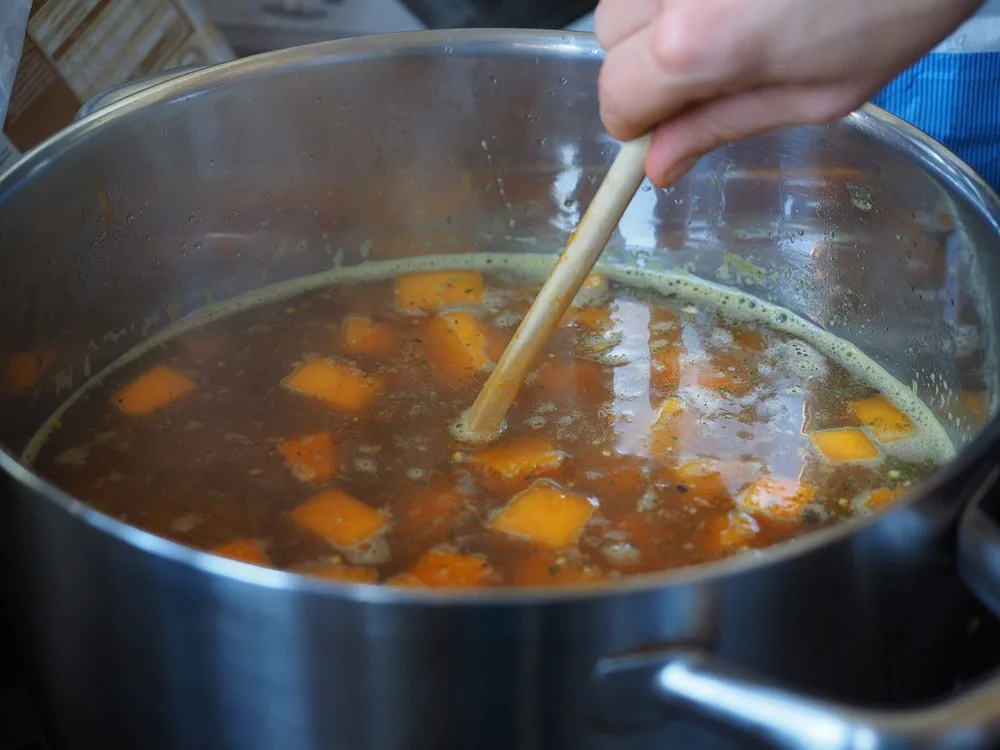
To make a broth, cook your veggies until soft, then add water and spices before letting the broth simmer for about 45 minutes. Once it’s done, run it through a strainer, put it in a container and store. One of the great things about broth is that you can make it with vegetable scraps such as celery stalks, kale stems, and carrot peels.
Tips for Storing
How you handle and store your food right after harvest can also impact how long it lasts, whether you plan to keep it for a short amount of time or preserve it for a longer period. These storage tips will help you make sure you get to eat more of your veggies:
- Be Gentle: When picking and handling your harvest, do your best not to bruise or otherwise damage your veggies. Even seemingly small defects can have an impact on shelf life.
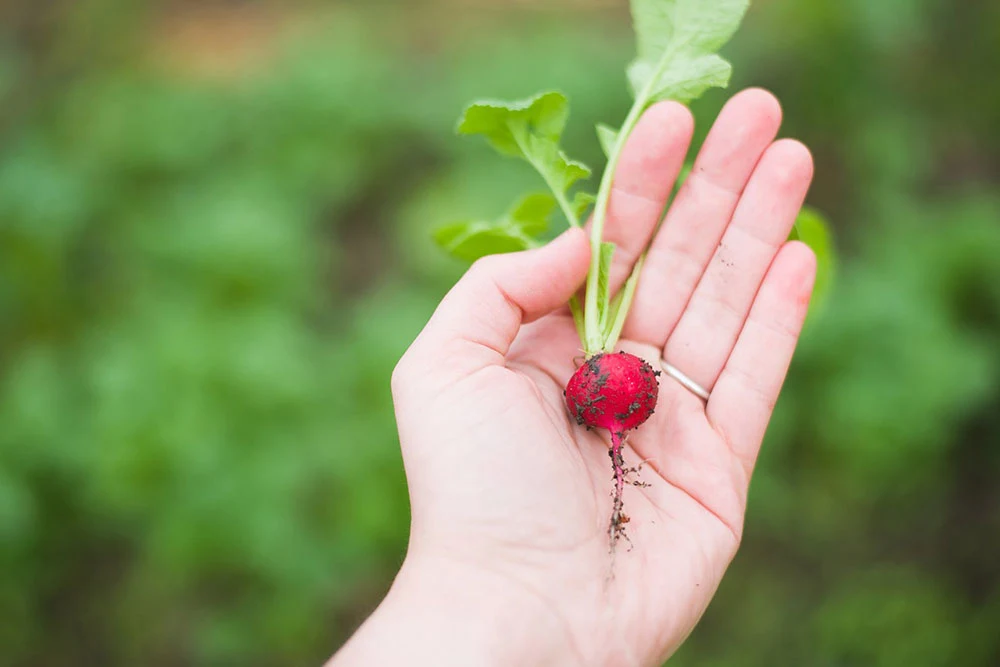
- Use the Right Containers: The containers you use make a difference. If storing items long-term, you need to use bags, Tupperware or glass containers that you are sure are airtight. For storing vegetables short-term, foil is often the best choice because it allows ethylene to escape. When ethylene stays trapped with the food, it speeds up ripening.
- Correct Temperature and Humidity: Temperature and humidity are also critical factors in food storage. For long-term storage, according to the University of Minnesota Extension, the ideal temperature and humidity combinations are 50-60°F and 60% relative humidity, 32-40°F and 65% relative humidity and 32-40°F and 95% relative humidity.
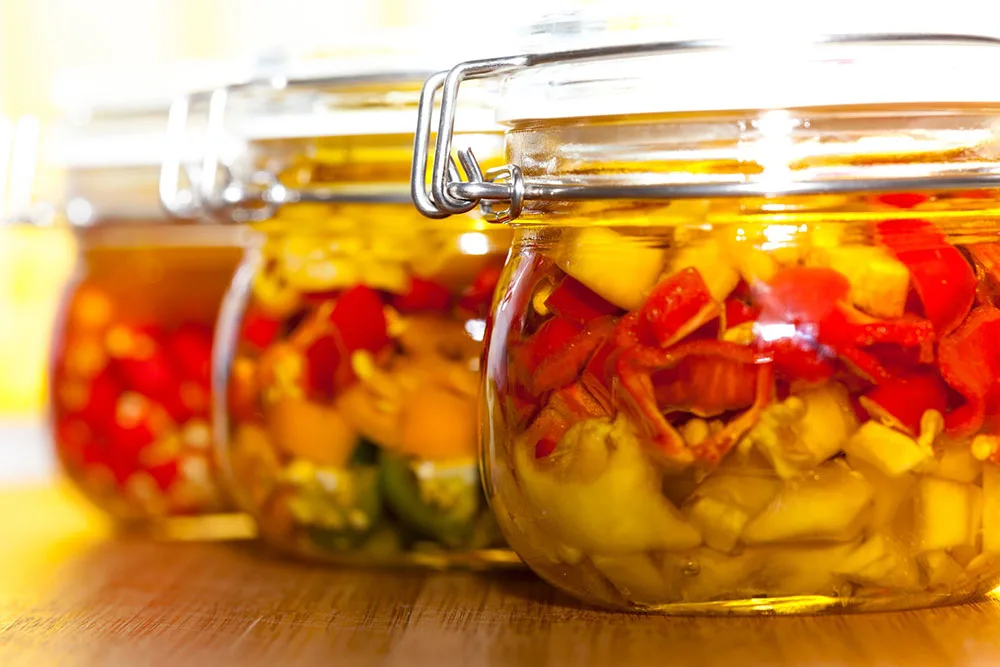
- Reduce External Moisture (Except for Herbs and Leafy Greens): Water on the outside of your veggies will speed up the process by which they rot, so avoid washing them until you’re ready to use them. The exceptions to this rule are herbs and leafy greens. Placing them in a jar with water can make them last longer.
- Separate Fruits and Vegetables: Always keep your fruits and your vegetables in different places. If storing in the fridge, use one location for fruits and the other for veggies. Fruit gives off ethylene, which will cause the vegetables to ripen and then rot faster.
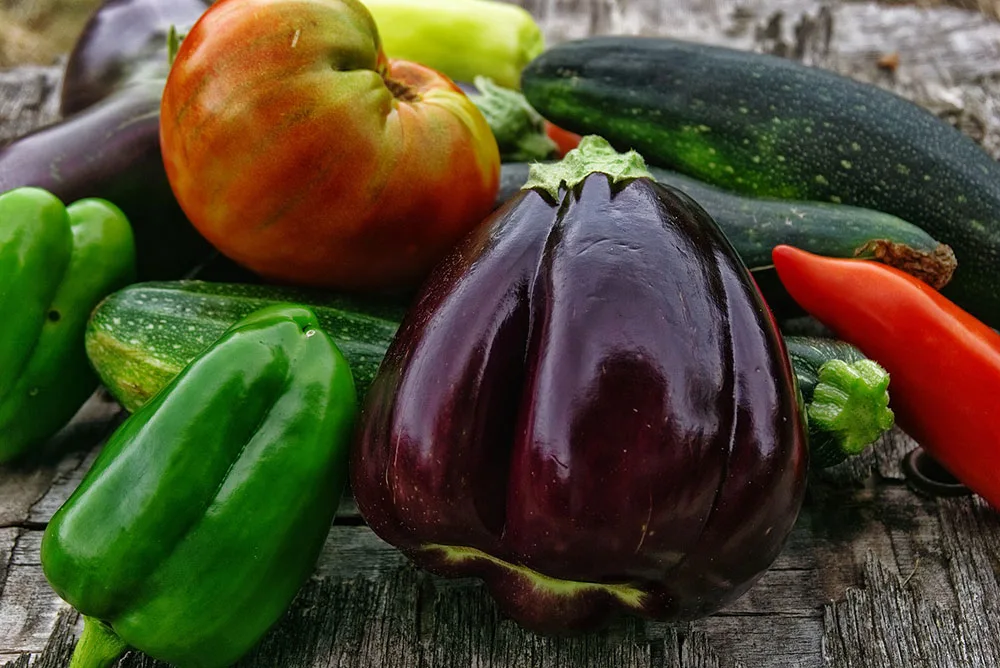
Learning how to store the veggies you grow is an art all of its own — and it’s a good one to learn. Using these storage tactics will help you keep more of what you grow and enjoy it year-round. It’ll also enable you to take fuller advantage of the growing season since you won’t have to worry about having more than you can eat before it goes bad.
***
About the author: Holly Welles is a home and garden writer with a passion for keeping living spaces green. You can find more of her environmental advice on her blog, The Estate Update, and keep up with her on Twitter @HollyAWelles.
